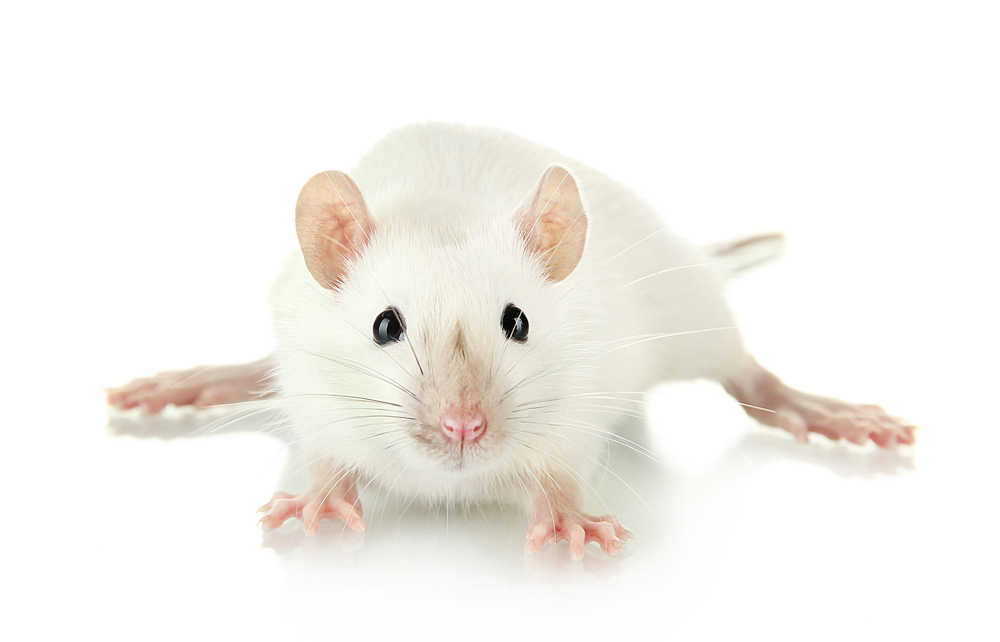Possible Blood Biomarker for Gaucher Disease Identified in Study
Written by |

A potential clinical biomarker — a measurable disease indicator in the blood or tissues — for Gaucher disease (GD) may have been identified in a recent study.
The study, “Elevation of glycoprotein nonmetastatic melanoma protein B in type 1 Gaucher disease patients and mouse models,” was a collaborative effort among researchers in Europe. The study was published in FEBS Press, a journal with an innovative publication model in which articles submitted do not go through the standard peer-review process, and are instead checked only for the correctness of their experimental methodology.
Researchers used mouse models of GD, as well as plasma samples from 59 patients and 20 healthy controls, to test the hypothesis that gpNMB, one of the body’s glycoproteins (specific molecules in which a sugar is attached to a protein), may have potential as a GD biomarker. They aimed to provide evidence that, in a clinical environment, gpNMB could be considered as a biomarker for monitoring treatment in GD patients.
GD mouse models were created by experimentally “knocking-out” lysosomal glucocerebrosidase (GBA) in the white blood cell lineage, as GBA deficiency is the hallmark of GD in human patients and in experimental animals.
Findings from analyses of the patient’s plasma, as well as the experimental mice, showed high levels of gpNMB in the spleens of both patients and animals pre-treatment, and that this “highly increased presence” was significantly decreased after the administration of enzymatic therapy. The researchers concluded, for this reason, that these findings provide evidence that gpNMB can be used as both a biomarker for disease, as well as an indicator of therapeutic effectiveness.
“Beyond its tentative (patho)physiological functions, gpNMB is of interest as a potential marker,” they wrote. “Our finding of markedly elevated plasma gpNMB levels in symptomatic Gaucher patients warrants further investigations regarding its applicability in the clinical management of Gaucher disease as well as its role in the peculiar pathophysiology of the disorder.”
In Other Recent News
National Institutes of Health researchers found a molecule that might one day be used as a treatment for Gaucher and Parkinson’s diseases. The research paper, “A New Glucocerebrosidase Chaperone Reduces α-Synuclein and Glycolipid Levels in iPSC-Derived Dopaminergic Neurons from Patients with Gaucher Disease and Parkinsonism,” was published in the Journal of Neuroscience.
The molecule is called NCGC607 and can act on glucocerebroside, a type of fatty substance that accumulates in cells and does not get broken down by lysosomes, cellular structures that break down molecules. People with Gaucher disease consequently have fatigue, bruising, anemia, and enlarged organs, among other symptoms. In their research, scientists made stem cells from skin cells of Gaucher patients with and without Parkinson’s, turned the stem cells into neurons, and then treated the neurons with NCGC607. The treatment was seen to reduce both glucocerebroside and alpha-synuclein, suggesting its potential as a treatment for the two diseases.


